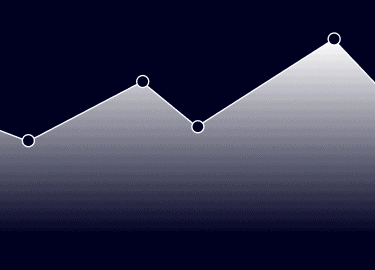GROWTH: Economic growth is hurt by weak productivity. This productivity paradox is despite the tech surge. Its an arcane but crucial concept. There are only two big ways economies grow: 1) more people and 2) how much people produce (productivity). Population growth is slowing, and productivity is not rising to offset. Q2 US GDP showed productivity fall -2.6% (see chart). This cuts GDP, and earnings, growth and boosts the impact of inflation. No surprise the Fed has cut its long-term growth forecast from 2.6% to 1.9% the past decade. This is not just a US issue, with most of the world worse off. This puts a focus on productivity-enabling tech and education.
PARADOX: Less worker productivity despite the technology boom is a paradox, noted as far back as 1987 by economist Robert Solow. He said you see the computer age everywhere but in the productivity statistics. There are many possible culprits here. Some blame a drag from an increasingly big government. Others a general lack of business investment, or a tech focus on consumption and not production. Investment/GDP has fallen to the low 20% levels in developed markets and stalled at 40% in China in recent years. Some argue it is only a measurement problem in calculating the benefits of new tech and our increasing services focused economies.
IMPLICATIONS: Regardless the culprits, the focus is on more and better-used technology and education. To reverse a decade-long stagnation of business productivity, and offset increasingly scarce workers in some countries. This puts a focus on the enabling technologies from 5G and automation (@5GRevolution), to AI (@CloudComputing) and semiconductors (@Chip-Tech).

All data, figures & charts are valid as of 15/08/2022


